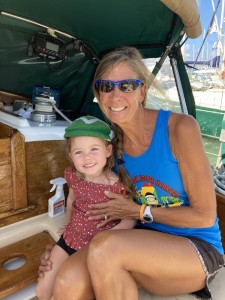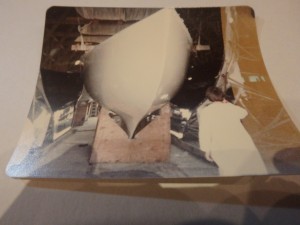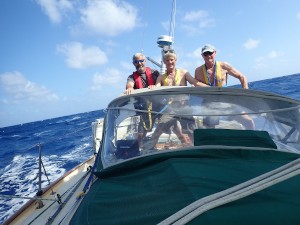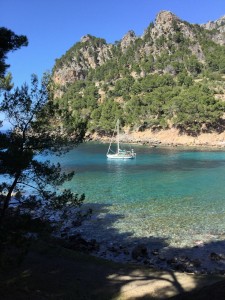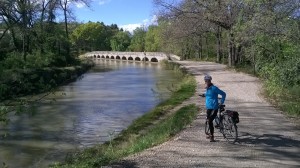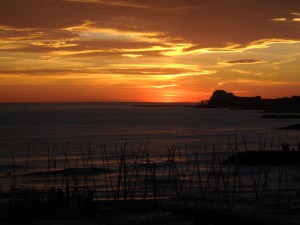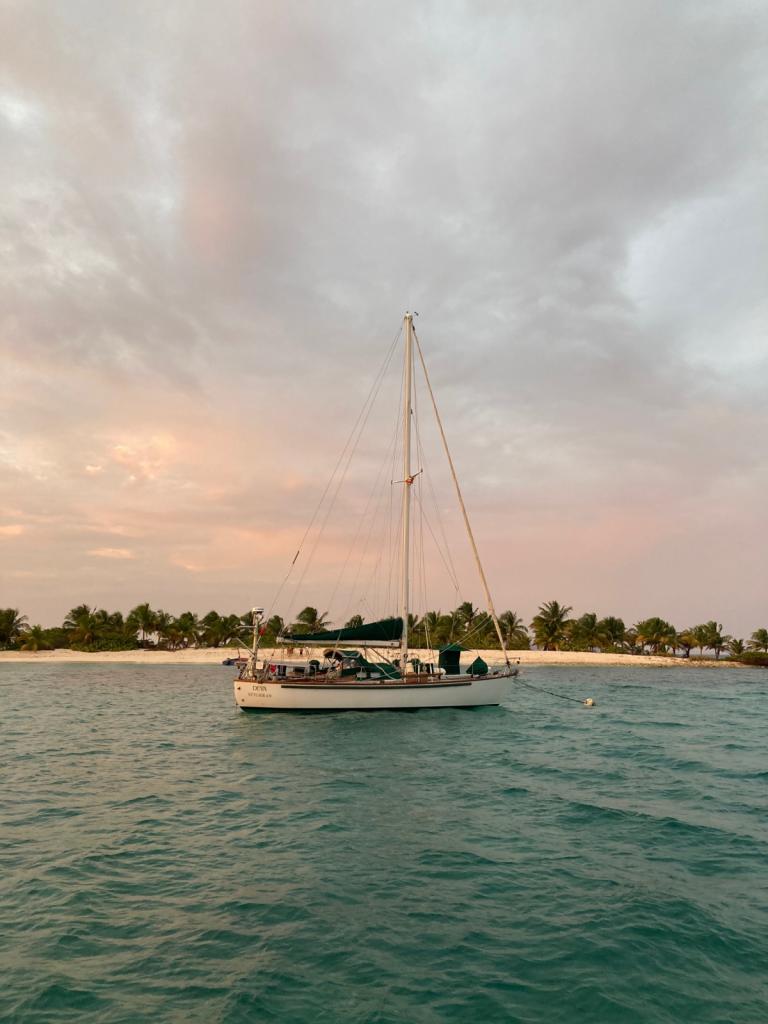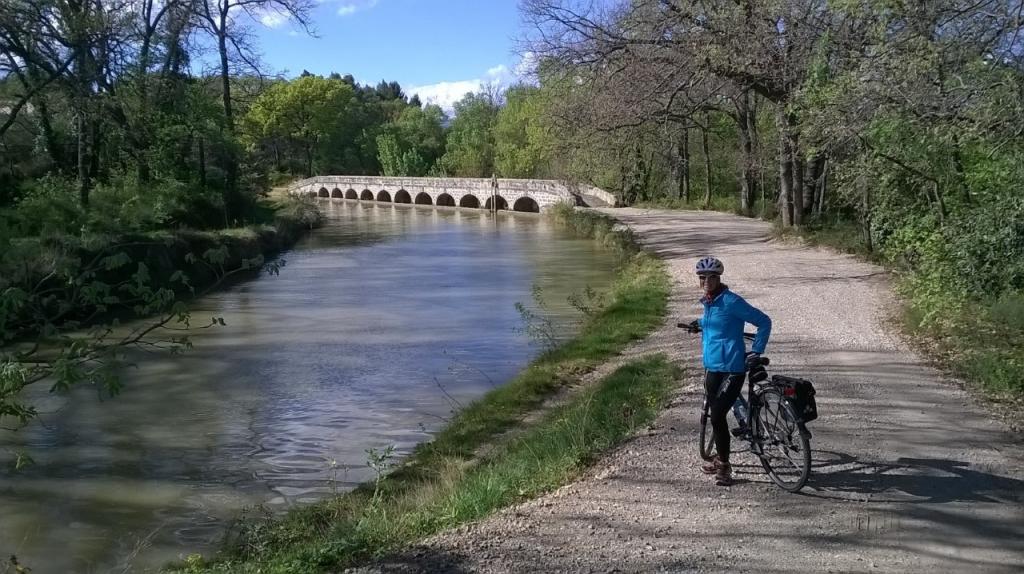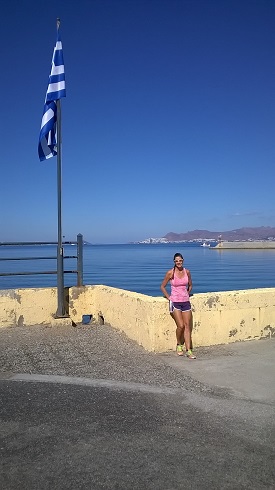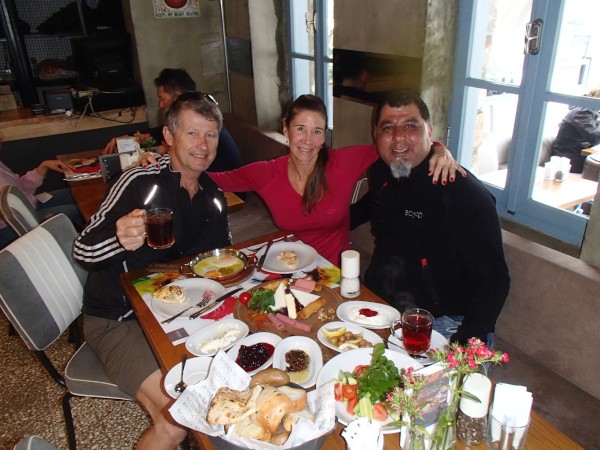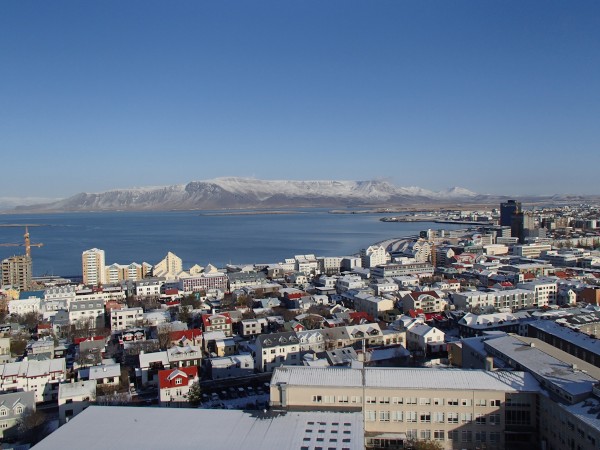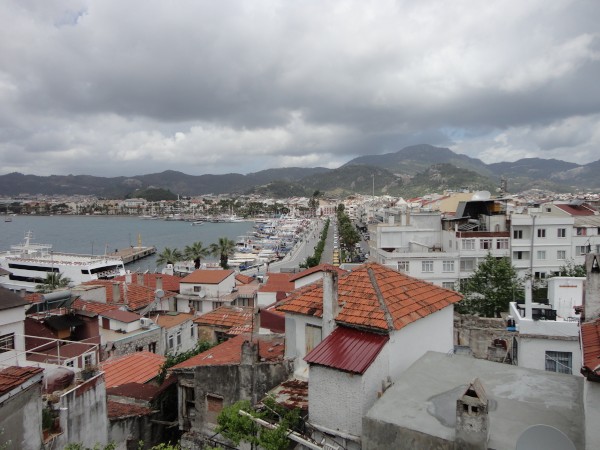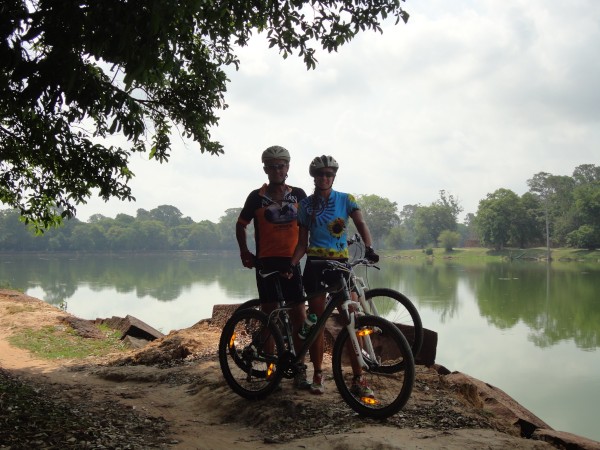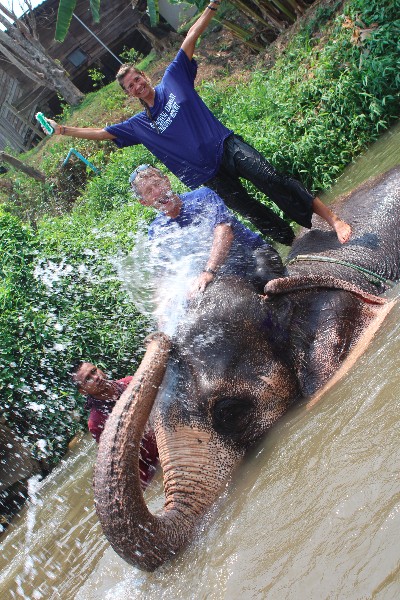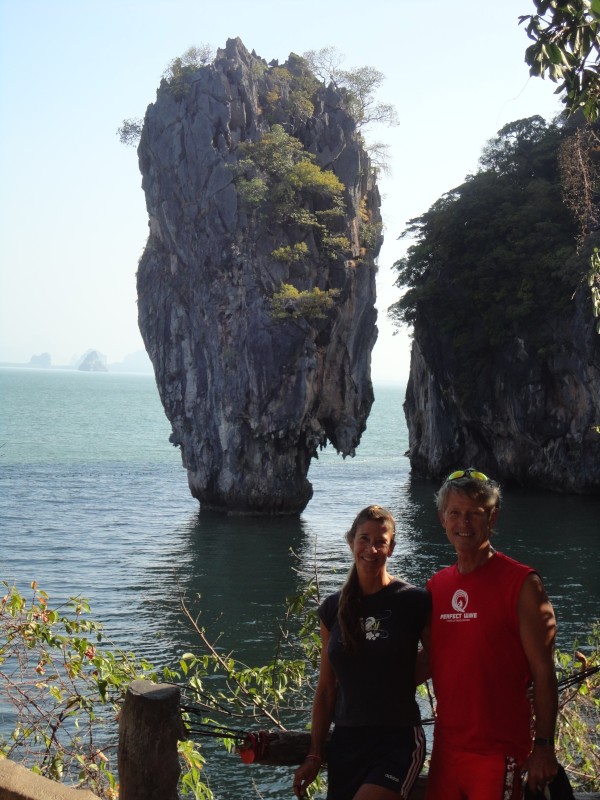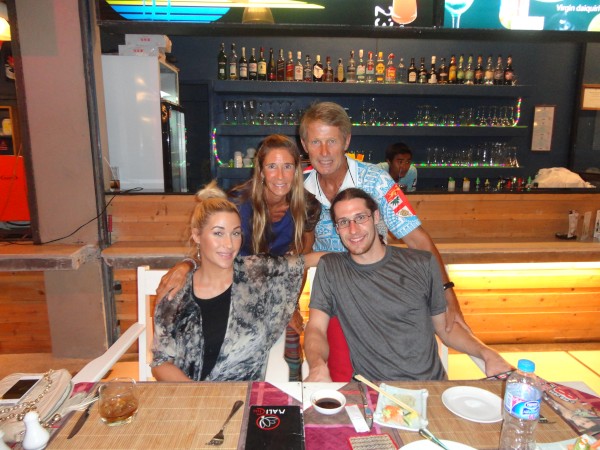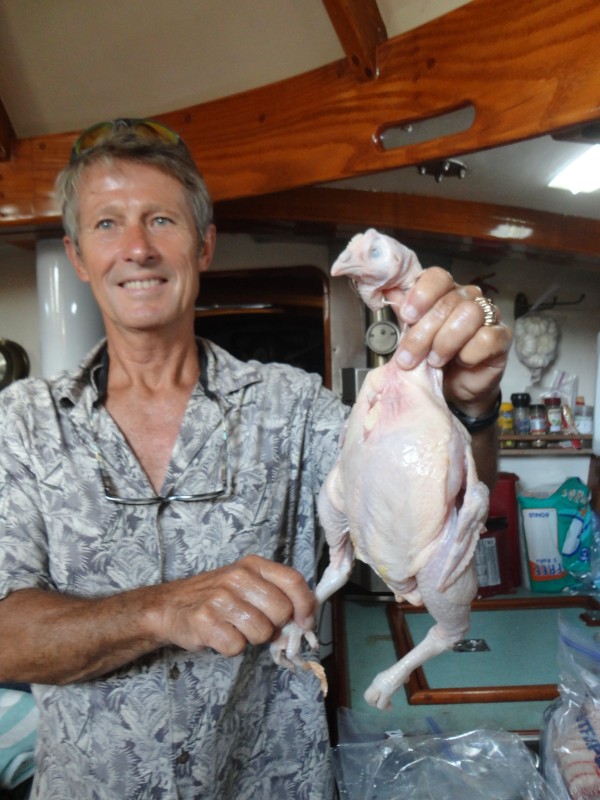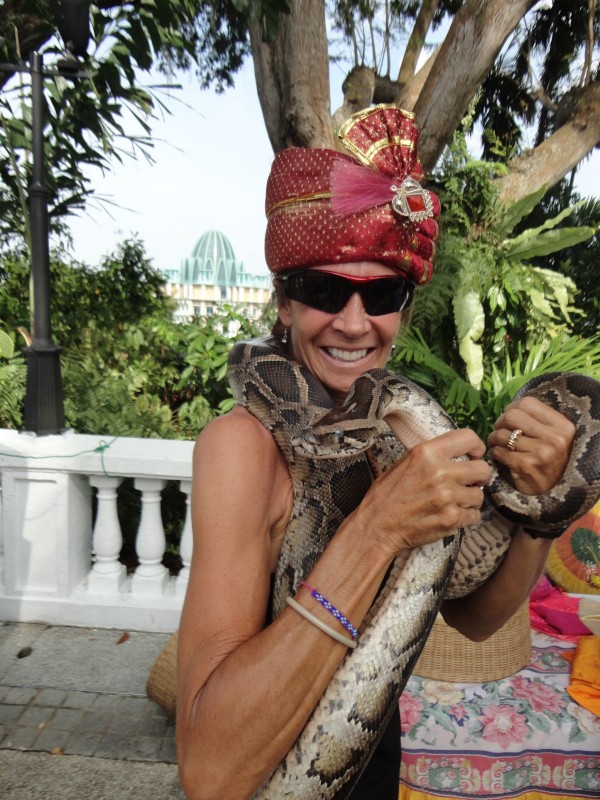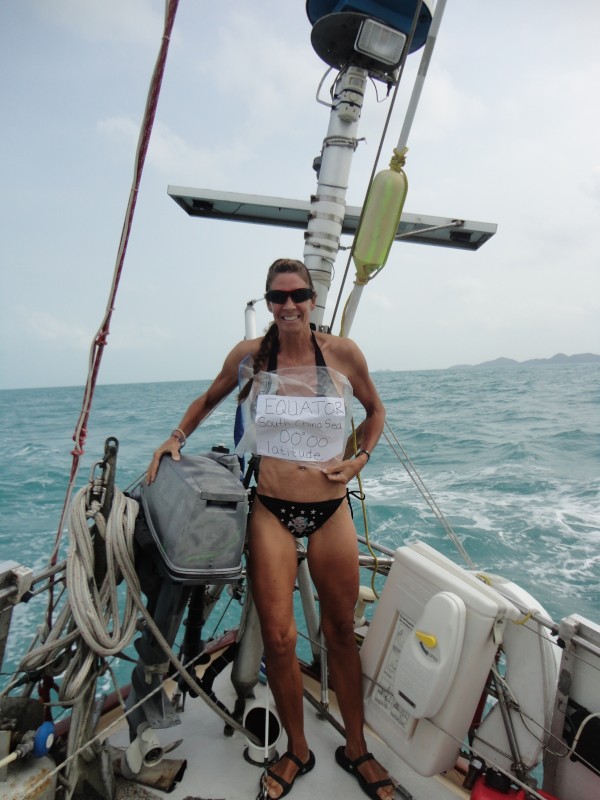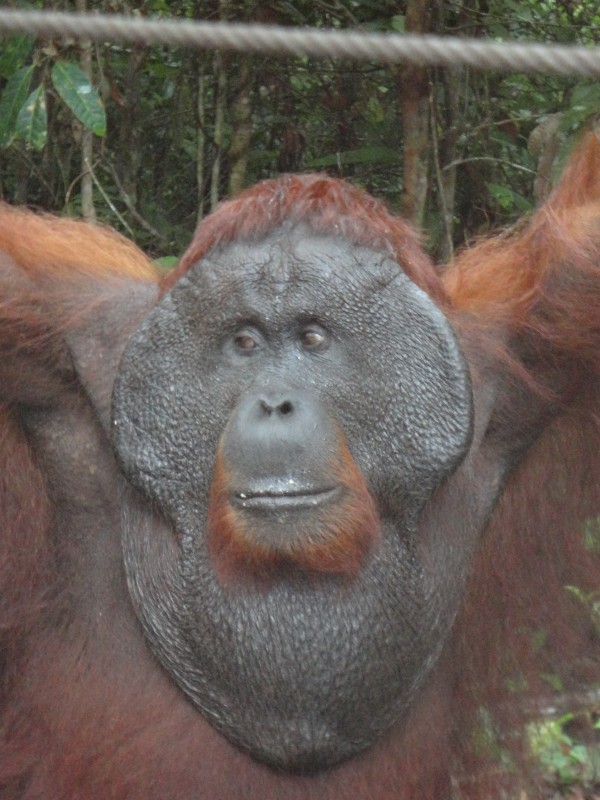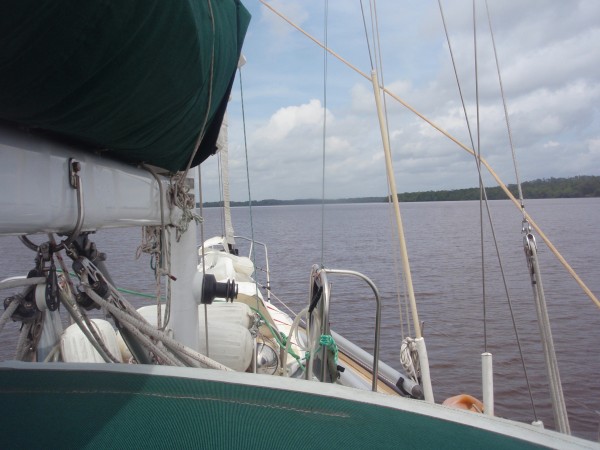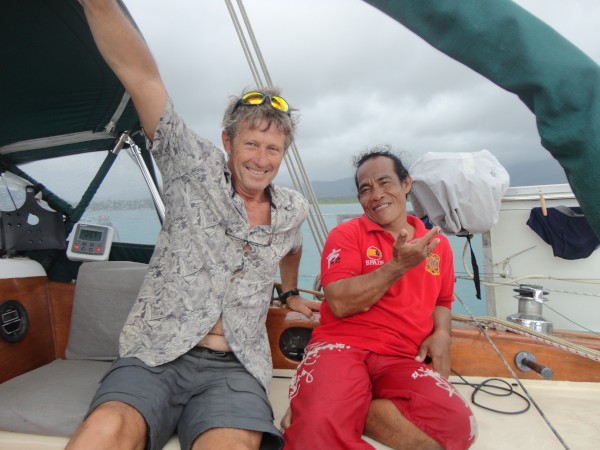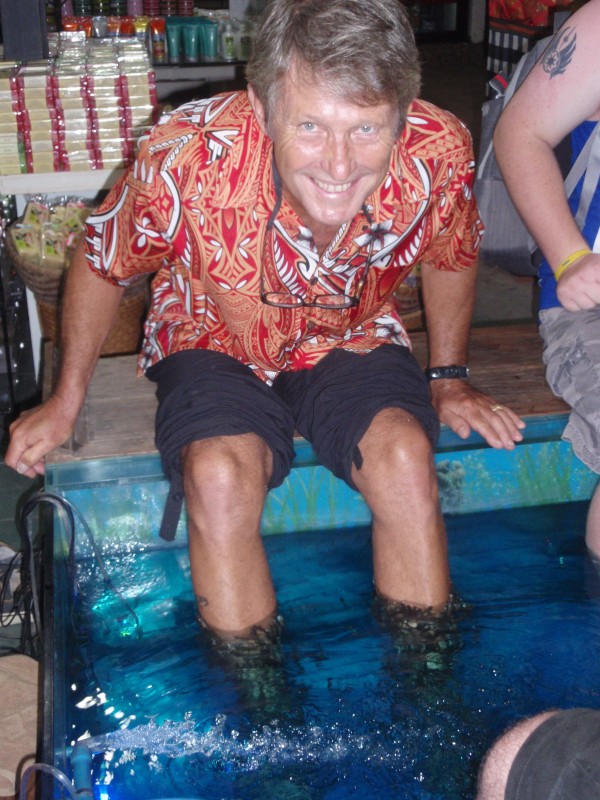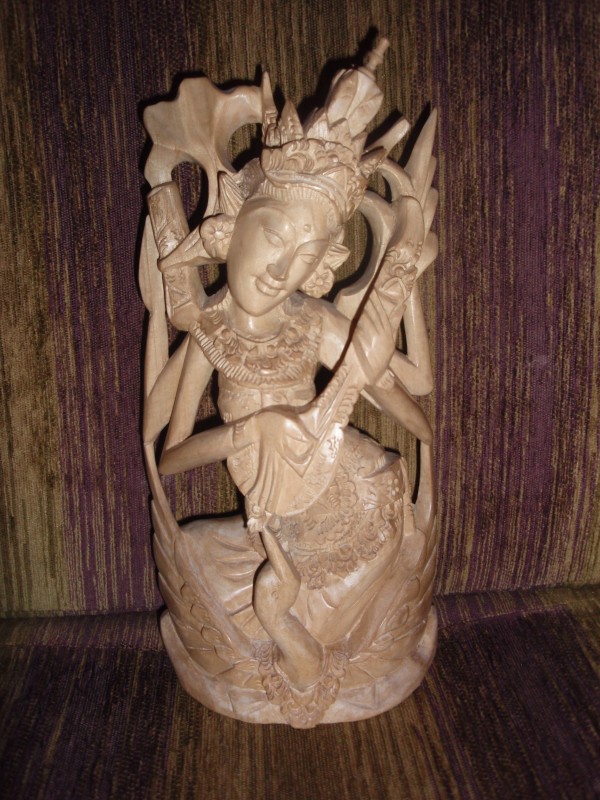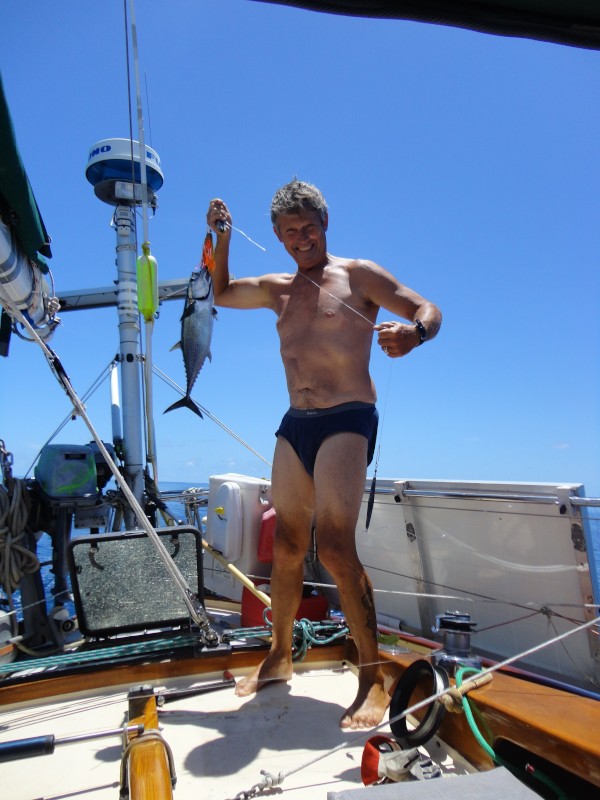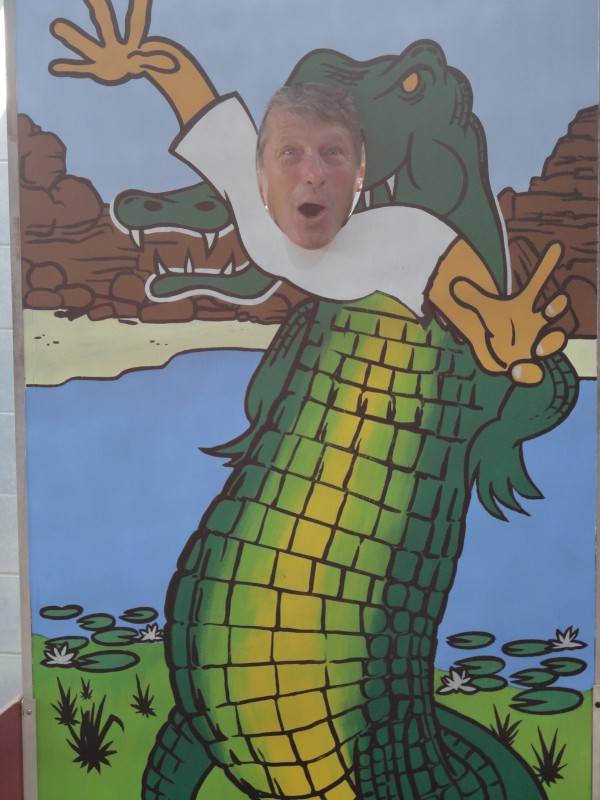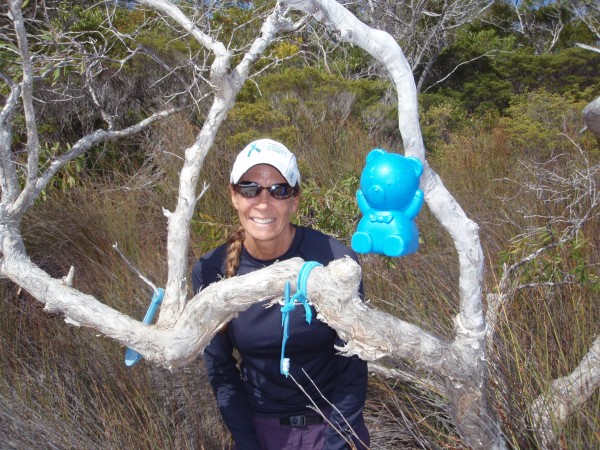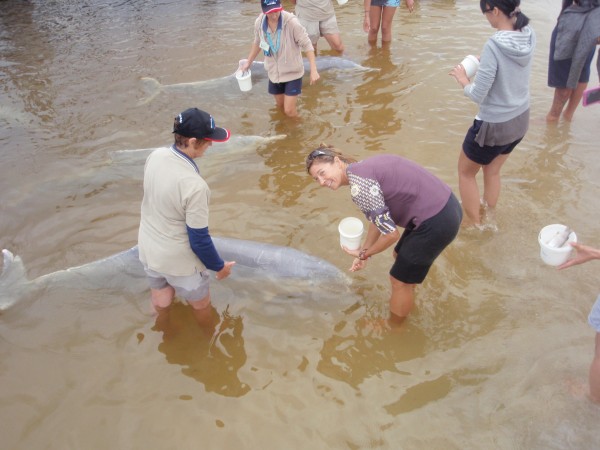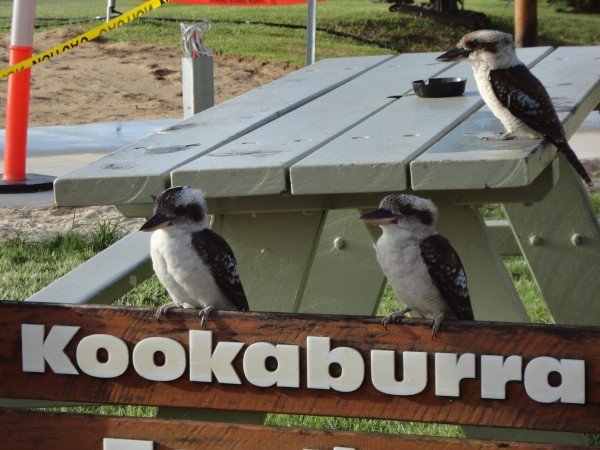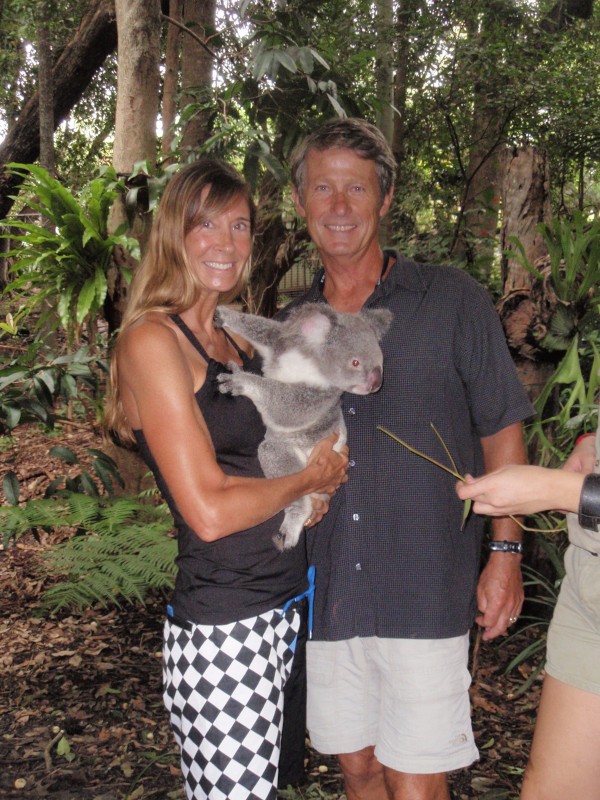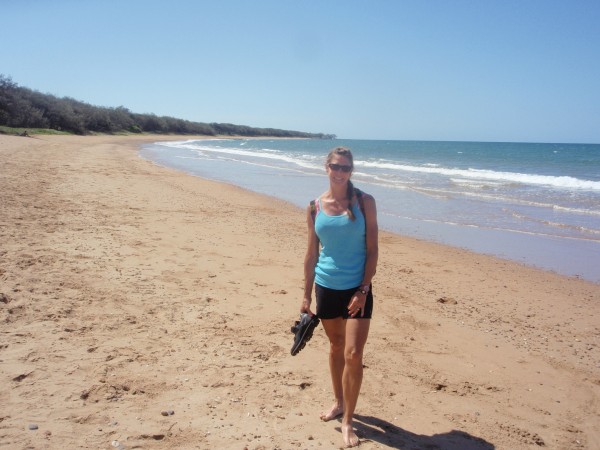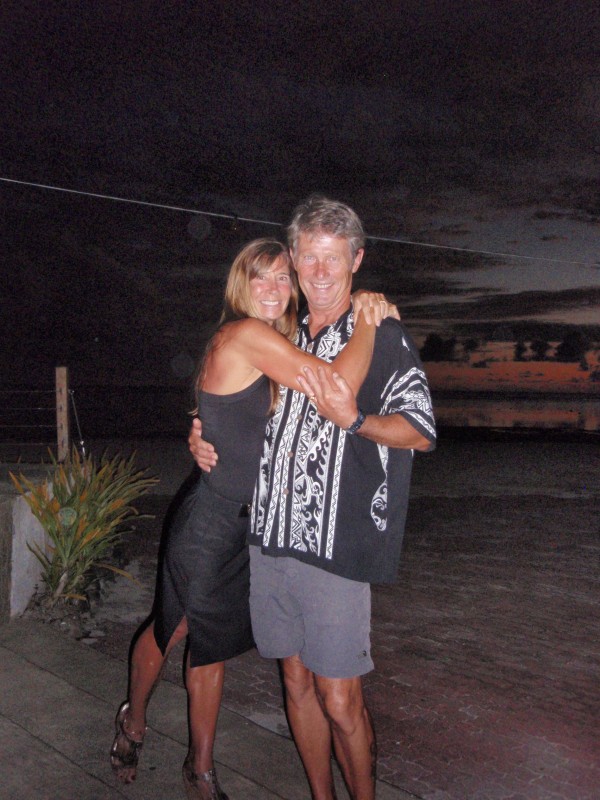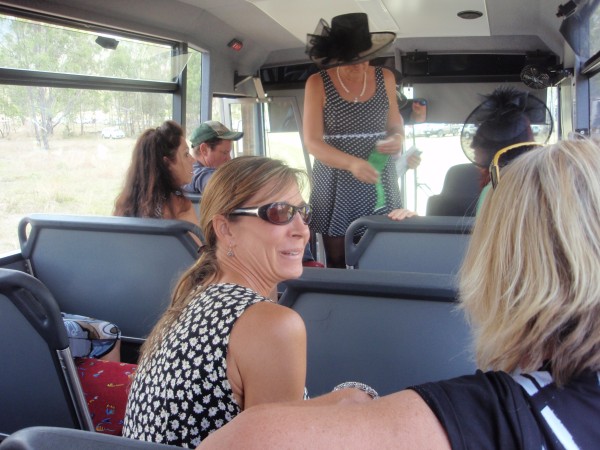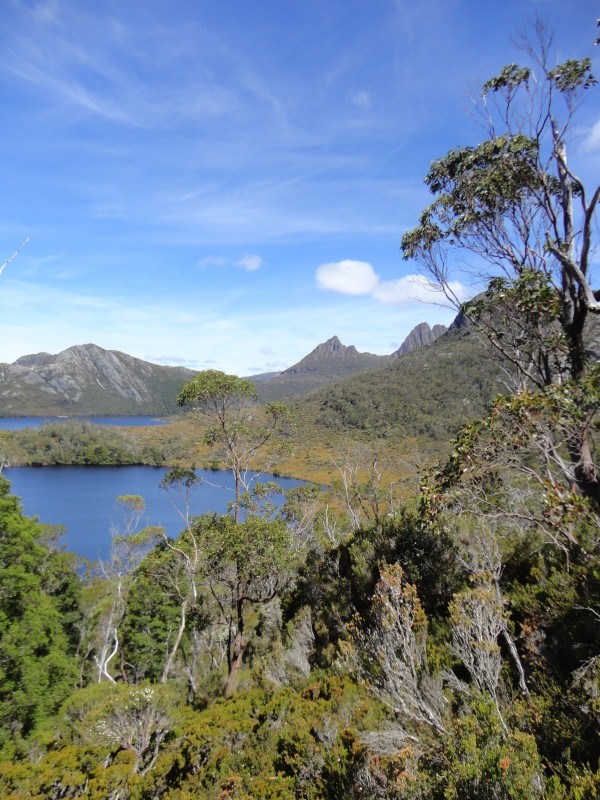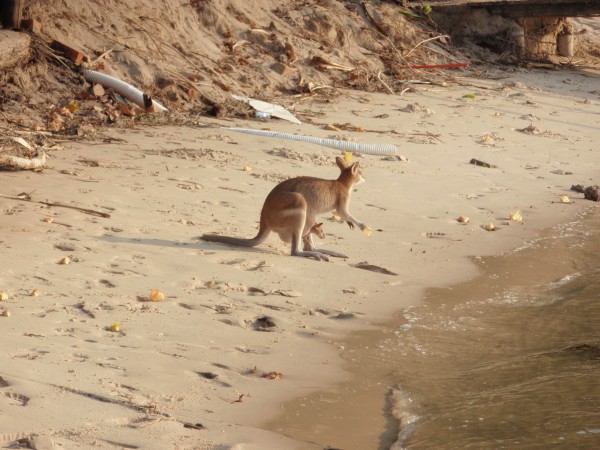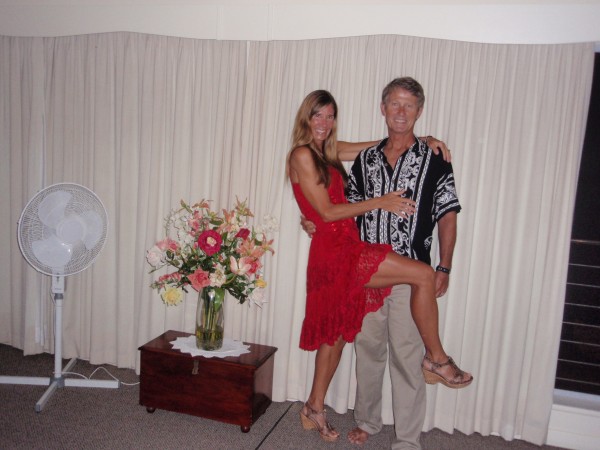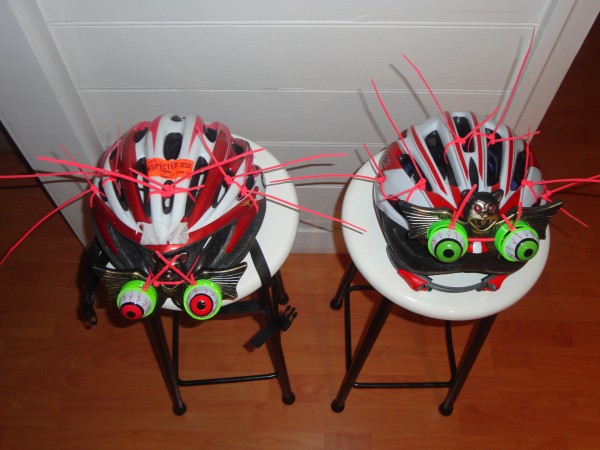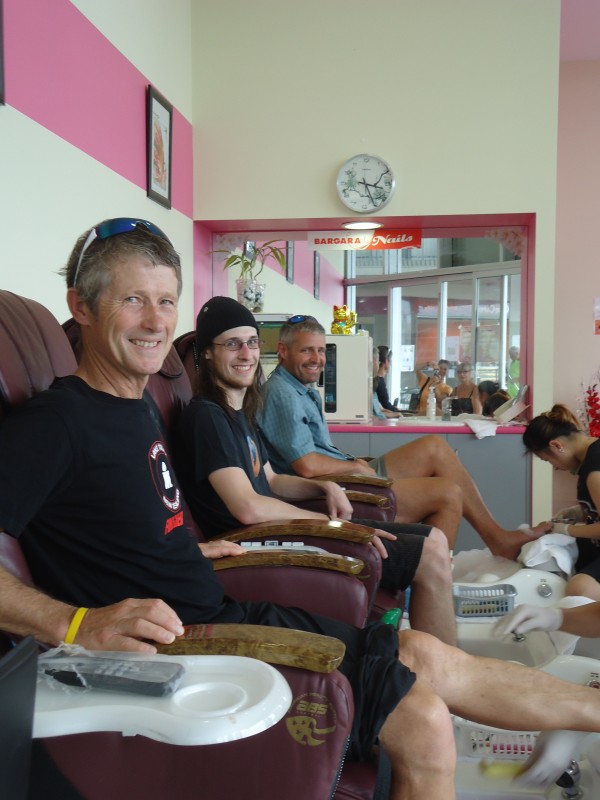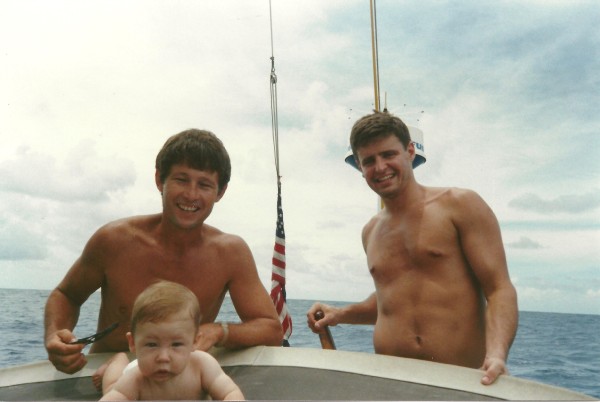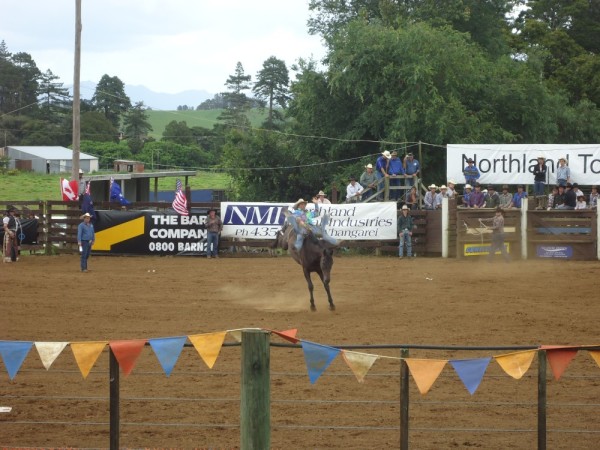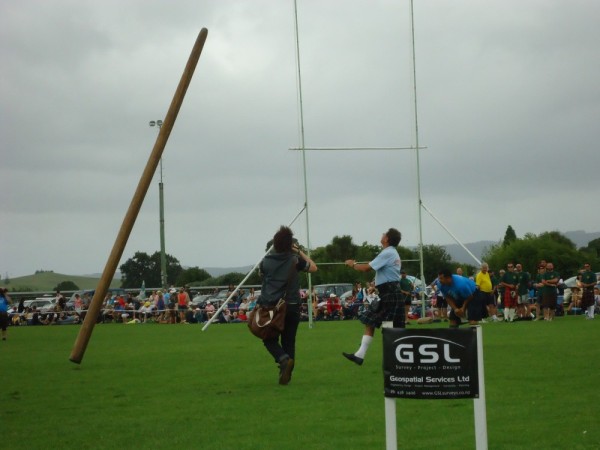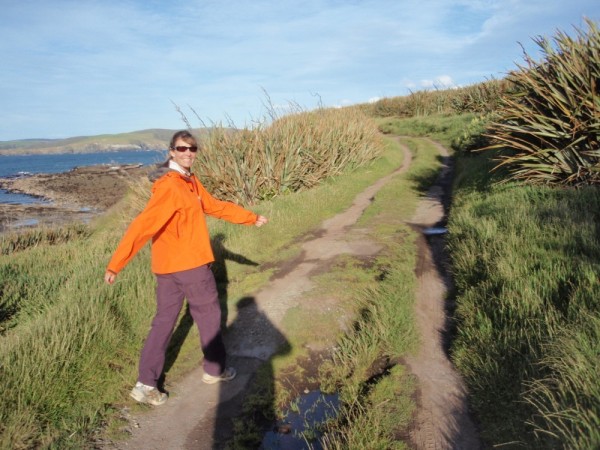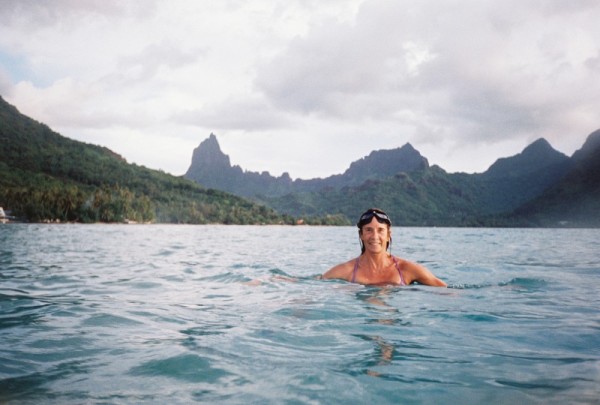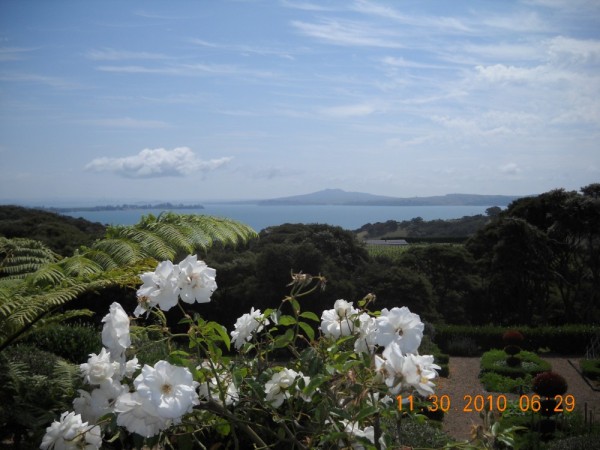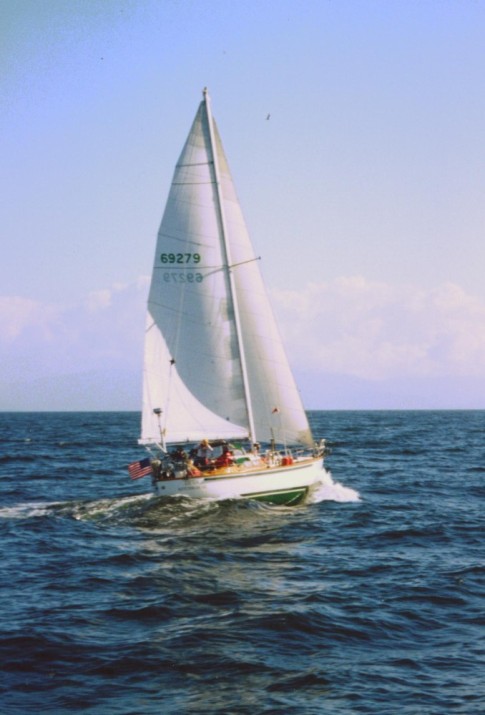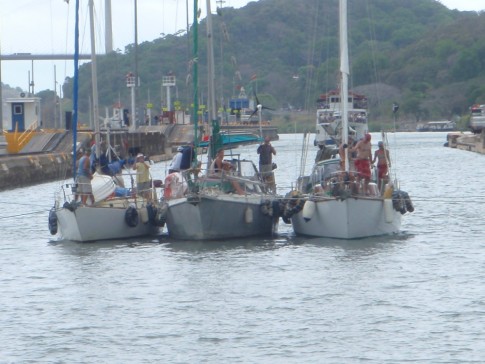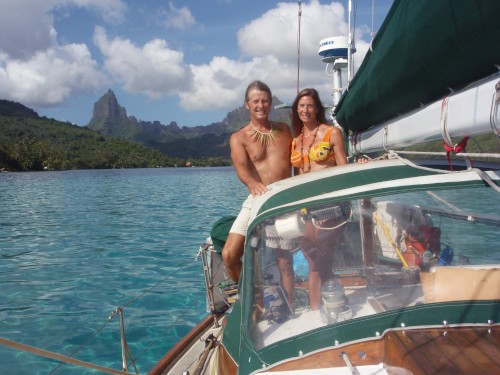deva in paradise
| Vessel Name: | Deva |
| Vessel Make/Model: | Freya 39 sloop/cutter |
| Hailing Port: | Ketchikan, Alaska, USA |
| Crew: | Michael and Debby Spence |
| About: | |
| Extra: |
01 August 2022 | Jolly Harbor, Antigua
26 October 2021
08 January 2020
15 July 2019
24 May 2019
10 December 2018
10 November 2018
31 July 2018
07 March 2018 | Curacao to Panama
30 January 2018
20 November 2017
28 October 2017
11 July 2017
04 June 2017
14 May 2017
22 April 2017
02 December 2016
08 November 2016
03 March 2016
26 January 2016
Recent Blog Posts
01 August 2022 | Jolly Harbor, Antigua
Sailing through a Pandemic
We started where we left off before the Pandemic. In the boatyard in Rodney Bay, Saint Lucia.
26 October 2021
DEVA's 40th birthday
Today, the DEVA is a humble little cruiser sitting next to mostly larger and more spacious sailboats in places we visit. She does not have the cavernous interior of newer boats, is narrower and has more varnished woodwork, which hints at her vintage design.
10 December 2018
From the Gulf of Lyon to Spain
In Cap D Agde we tied up in another very large French marina, (with over 3000 boats) adjoining an amusement park-like area with a Ferris wheel and a roller coaster. The main attraction for us was that we could tie securely about a half mile inside a labyrinth of canals, far from the swell of the Mediterranean [...]
Gibraltar to the West Indies, across the Atlantic
08 January 2020
michael spence
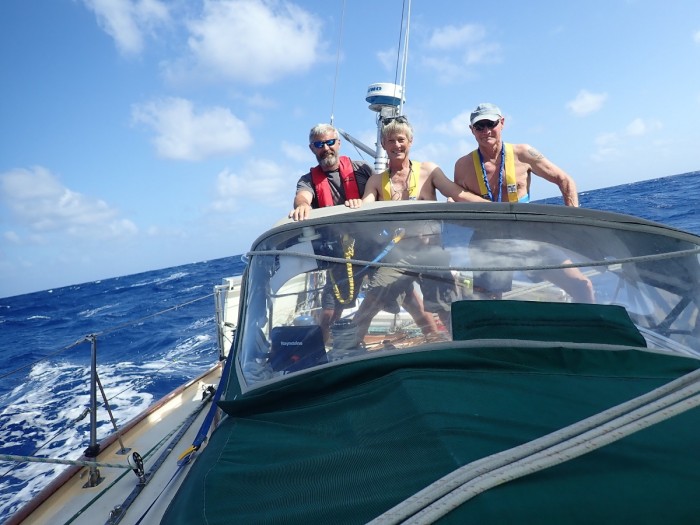
We had six weeks to ready the boat for the sail across the Atlantic ocean. This sounds like a long time for a boat that is supposedly already shipshape, but the to-do list was long. It began with a keel to masthead inspection in the boatyard, including removal of the rudder, the most indispensable piece of equipment on the boat. Bearings were replaced, and the many through-hulls and the propeller were serviced. After launching we took a short trip to Gibraltar to load fuel and buy a new set of batteries, six in all, weighing some 500 lbs. Mike went up the mast and replaced two radio antennas and spent a whole day relearning how to solder circuits on the single side band radio. The ssb was once the mainstay of our communications on long voyages, but now it would be just a backup to satellite telephone. All the safety equipment including life raft and search and rescue beacons had to be inspected and serviced. A inside and out servicing of the engine including all filters and water pump impellers was also done. Before sailing, our crew had a two hour briefing on all the equipment and man overboard and emergency procedures.
But first, a little fear-conquering exercise
Before leaving Gibraltar we took a tour of St Michael's Cavern, one of the biggest caves inside the "Rock". For this we enlisted the service of cave master Pete, who guided us about 4 hours through the dark and mysterious grotto. Our friends Rick and Kevin, the two guys who would sail across the Atlantic with Mike, and Rick's wife Laura joined in this adventure. The tour began with a rather scary narrative from Pete of all the things that could go wrong in a caving tour, and cautions against anyone with claustrophobia or heart issues. We gulped and accepted the risks. After donning helmets and headlamps we descended into the darkness.
Upon entering the many stalactite and stalagmite pantheons we realized there was actually a lot of color in the cave rock once it was illuminated.
Before entering the cave we also had another encounter with the Barbary Apes that inhabit the slopes of Gibraltar, many of which were congregating just outside the Europa Gate cave entrance. The little ones were playfully rolling on top of parked cars. Having been cautioned against getting too friendly with the animals that are known to bite, we watched from a few feet away.
The Ladies Tour begins
Debby and Laura parted company with the guys two days before we sailed out of Gibraltar. They rented a car to drive to Cadiz, then Seville, before meeting us in Canary Islands. After we sailed from Canary Islands, Debby and Laura flew to Marrakesh, Lisbon, and Madeira, later joining us again in St Lucia.
Deva sets sail to cross the Atlantic
Mike, Rick and Kevin set sail on November 16, a day later than originally planned due to high winds in the area. The Equinoctial gales of the North Atlantic had set in, with 40 knot northerlies sweeping down the coast of Portugal, generating large swells. The winds bent around the corner of Southern Portugal and Spain to become 40 knot Westerlies in the Straits of Gibraltar. Starting our transoceanic voyage in gale force headwinds did not seem like the right way to begin our adventure, so we waited.
We did not want to wait too long as there was a three day window before the winds on the coast of Africa would turn to strong Southerlies. Deva headed out into the Straits on the edge of the densely populated shipping lanes, just as the West wind dropped to a modest 25 knots. For the first 5 hours we were only making 3 to 4 knots against a strong current and headwinds...
Thankfully we found a Counter current
Passing the infamous Tarifa Point, where the forces of wind and current are known to accelerate, we changed our course to cross the shipping lanes at a right angle, directly towards Tangiers, Morocco.
As we crossed the traffic lanes and neared the African side of the straits, a wondrous 5 knot Westbound current found us. So we went from 3 ½ knots to 9 ½ knots under sail and engine, as fast as our sea legs could carry us. Deva plowed through tide rips and chop as she pressed outward from the grips of the Strait of Gibraltar. By nightfall we found ourselves in the open Atlantic Ocean, where we would spend the next three weeks frolicking along the wave tops. The winds lightened a bit as they no longer funneled between the European and African continents. We continued under sail and engine power for most of the next five days in order to stay ahead of the next North Atlantic storm coming across from America. Aside from the constant drone of the engine, this part of our passage was relatively easy. One of our crew was seasick for 2 days while the remainder ate very little as gained our sea legs.
Going South "until the butter melts"
The conventional wisdom, both in Atlantic and Pacific, when leaving the higher latitude Westerlies and seeking the Easterly trade winds closer to the Equator, is to go South til the butter melts. And so it was for us, as the morning we left Gibraltar it was 42 degrees F and we wore foulies and woolen caps. When we would approach the trade winds near Cape Verde islands the temperatures would be over 75F.
Closer to our destination in the Caribbean, the sea and air temperatures would be in the high 80'sF.
We followed the coast of Morocco only about 60 miles offshore, mostly because we could not sail closer to the wind...As we neared the Canary Islands in four days, the high outline of Lanzarote came into view.. For almost 100 miles we experienced a "bounce back" swell coming from the opposite direction of the Northerly Atlantic swells we had become accustomed to. This was a result of the big Ocean swell from the NW crashing against the shore of Lanzarote, and bouncing back. This resulted in a hobby horsing motion as the boat plowed into a shorter steeper wave pattern. It was uncomfortable and slowed us down on our final approach to Gran Canaria. As luck would have it we ran out of fuel about 5 hours from our destination at the little port of Pasito Blanco. Debby and Laura were hailing us from the breakwater only a few feet away, but we would have to spend the night at anchor because we would not enter the little harbor without an engine.
Despacito at Pasito Blanco
Deva came to her temporary resting spot in this little harbor after we transferred a few gallons by dinghy into her fuel tank. We were fortunate to find a tie up here as the entire Island of Gran Canaria was overcrowded with about 500 boats in the annual Atlantic Rally for Cruisers, or more commonly known as "the ARC". Mike booked this space 6 months earlier knowing it would be impossible later.
Debby and Laura had arranged a nice little apartment close to the harbor for 5 days so we could enjoy a rest stop before continuing across the ocean. Hurray for big beds, warm showers with abundant water, and air conditioning!...On Gran Canaria we took water and fuel and re provisioned the boat for the longer passage ahead. On November 24 we watched the grand departure of several hundred sailboats from all over Europe setting out to cross the Atlantic ocean, many of them for the first time...It was quite a spectacle, with a parade out of the harbor, live music and a DJ shouting out the names of each as they crossed the starting line... Our own departure two days later from Pasito Blanco would be without any fanfare. Just three guys on a little boat sailing away into the big ocean.
Crossing the Pond
There is a lot of lore about sailing the Atlantic. Most people have seen the pictures of storm waves and utter destruction caused by the Atlantic. Whenever we set out to sail on the big waters, we have to put our fears into context. Naturally we avoid places and times which are unsafe, either by delaying our departure, or steering a route that takes us clear of danger. Fear itself is often what keeps people safe in the wildest parts of nature. Rogue waves can be explained and understood and even avoided. For example, the largest ocean swells do not break in the open ocean, but only when they reach a shore. Standing waves can be dangerous in places where currents or points of land cause a collision of those forces of nature. We give such places a wide berth. When despite all our planning we find ourselves in gales or standing waves, we yield to these forces and go off the wind and the sea. Lastly we reason that people have been crossing oceans safely in small vessels such as ours, with much lesser equipment, for millennia. If they could do it, we can do it.
Our voyage plan called for a route nearly straight South towards the Cape Verde Islands, an island group off the West coast of Africa nearly at the same latitude as our destination. This strategy would take us directly towards the favorable trade winds, and offered a rest stop if needed. After five days, as we neared the Island group we found the weather forecast was reasonable and we had no gear malfunctions or crew illnesses, so we decided to continue directly to St Lucia. We would have lots of company on our voyage, as the several hundred boats of the ARC rally as well as others on independent voyages all left Europe headed for the Caribbean about the same time.
The ARC Phenomenon
The size and popularity of the ARC rallies is impressive. The transAtlantic Rally for Cruisers was the original ARC , started in 1986, with just over 200 entries. In 2019 almost 300 boats started and most finished within three weeks. The World Cruising Club is the organizer of 9 such rallies all over the world.
For comparison, the entire boat harbor complex in Ketchikan might have space for 300 sailing yachts if it was emptied of its regular occupants. Oak Harbor marina has about 225 slips that can accommodate sailboats.
So over 300 boat owners including families, couples, friends, and crews of 2 to 15 mostly just get together and sail across the Atlantic for fun. Average age of skippers is 55. Many of them return to Europe in the same year. Some of them continue in a second rally which starts in St Lucia where the ARC finishes, called the World Arc. Rally organizers sponsor lots of social gatherings before and after the events, so there is a lot of camaraderie among participants.
The world ARC is a multi-leg around the world rally that takes 15 months and has a defined schedule.
The start of the World ARC is today, January 11, 2020, in St Lucia. The participants expect to sail around the world with short stops in Colombia, Panama, Galapagos, French Polynesia, other Pacific Islands, Australia, and South Africa before arriving in the Caribbean in late 2021. So, in 15 months they cover the same distance (almost) as we did in 12 years. So how is this even possible, you might ask?
The answer is the World ARC participants do a lot of sailing, and not much else. Port calls are relatively short. There are no day hops, only long oceanic sailing legs. For people who can muster only limited time away from work or other commitments, a rally like ARC makes such a voyage possible. They sail according to a defined schedule. For example today the start of the ARC world rally it is blowing a steady 30 knots in St Lucia, with winds over 40 knots off the Colombia coast. Downwind sailing in tradewinds, to be sure, but still nearly gale force winds at the start of the event, predicted to last for 5 days or more... If they are not die-hard sailors at the start of the event, they will be in a few days.
The increase in number of boats and people undertaking long ocean cruises can be attributed to a few factors. One is satellite navigation, or GPS. A few decades ago a person desiring to sail trans oceanic voyages had to know how to navigate with a sextant, which required taking a course in celestial navigation and some math skills. Now anyone can buy a $75 gps receiver and plot a course on a map.
Many countries, like the USA, do not even require a boat drivers license to go to sea.
Mass production of yachts has lowered the price of cruising boats, such that many boats capable of long voyages are affordable to people of modest means. In Europe several thousand boats of over 40 feet are produced every year, and few of those boats are ever scrapped. They are resold again and again at lower prices (when factored for inflation), than boats cost in the 1970s and 1980's.
The Atlantic is still Bigger than All of Us
We sighted several cargo ships on the coastal trade routes off Africa, and checked our AIS tracking equipment by talking with them. We also started seeing some of the boats from the ARC fleet that left two days before us from Gran Canaria. Mostly we could see them on our AIS radio and computer navigation, showing their AIS beacons. Occasionally we sighted some boats visually, but none of them answered our radio calls. We settled into a routine of standing watches and resting, as the boat mostly steered itself. Occasionally we had squalls pass over in which the wind would increase to 30 knots or more, and we had to reduce sail accordingly. For two entire days we sailed with just our little stay sail and reefed Genoa sail.
It became a lot warmer, as the sea temperature gradually rose to 88 degrees F., and the sky was nearly every day sunny with puffy little white clouds. We did not wear our foul weather gear or long sleeves for two weeks. Despite our fans running 24-7, the temperature in the cabin was very hot and made sleeping difficult.
After 19 days at sea we made landfall, sighting the islands of St Lucia and Martinique on our port and starboard bows. On the last day, around ten sailboats were converging with us in the straight between those islands. Most of them were going towards Rodney bay on the North end of St Lucia, just like us.
We rounded the headland and sailed into the calm lee waters of Rodney bay, the first moments DEVA would stop rolling in nearly 3 weeks. It would take her crew a couple of days to stop leaning to and fro with the motion of the ocean, even after it was completely calm.
Welcome to St Lucia
It was anticlimactic at first. We were allowed only to come to a dock temporarily to clear customs and immigration. The crew celebrated with what was left of our Spanish supplies of Rum and Tonic. Then we had to leave that dock and go to a mooring ball in the lagoon because there was no space in the crowded harbor. We untied the many lashings on our dinghy that kept it attached to the deck in the open ocean. Upon trying to start the outboard motor however, it would not start, so we rowed to shore. A kind local fisherman came to our rescue and towed us the last hundred meters or so.
Then we tried to make contact with Debby and Laura, who were arriving about the same time at the airport two hours away. We paused for more celebration at one of the eateries in the harbor, and tired the rum punch that the West Indies is famous for....
A Celebration
Once we rested a day we started to celebrate our crossing. This was also a celebration of Deva "closing the loop", or crossing her outbound track of 11 1/2 years ago, when she sailed South and West across the Pacific. Our instruments showed 33,395 miles had passed under her keel since then. We visited 43 countries in that time. The voyage actually began in Florida on Dec 1, 2007, over twelve years ago.
Comments
Deva's Photos - Main
|
Over two years passed as DEVA was confined to to sailing only short passages in the Caribbean.
81 Photos
Created 1 August 2022
|
|
On our way back to the USA from Europe, we sailed on the beautiful 4 masted bark Sea Cloud
35 Photos
Created 7 March 2018
|
